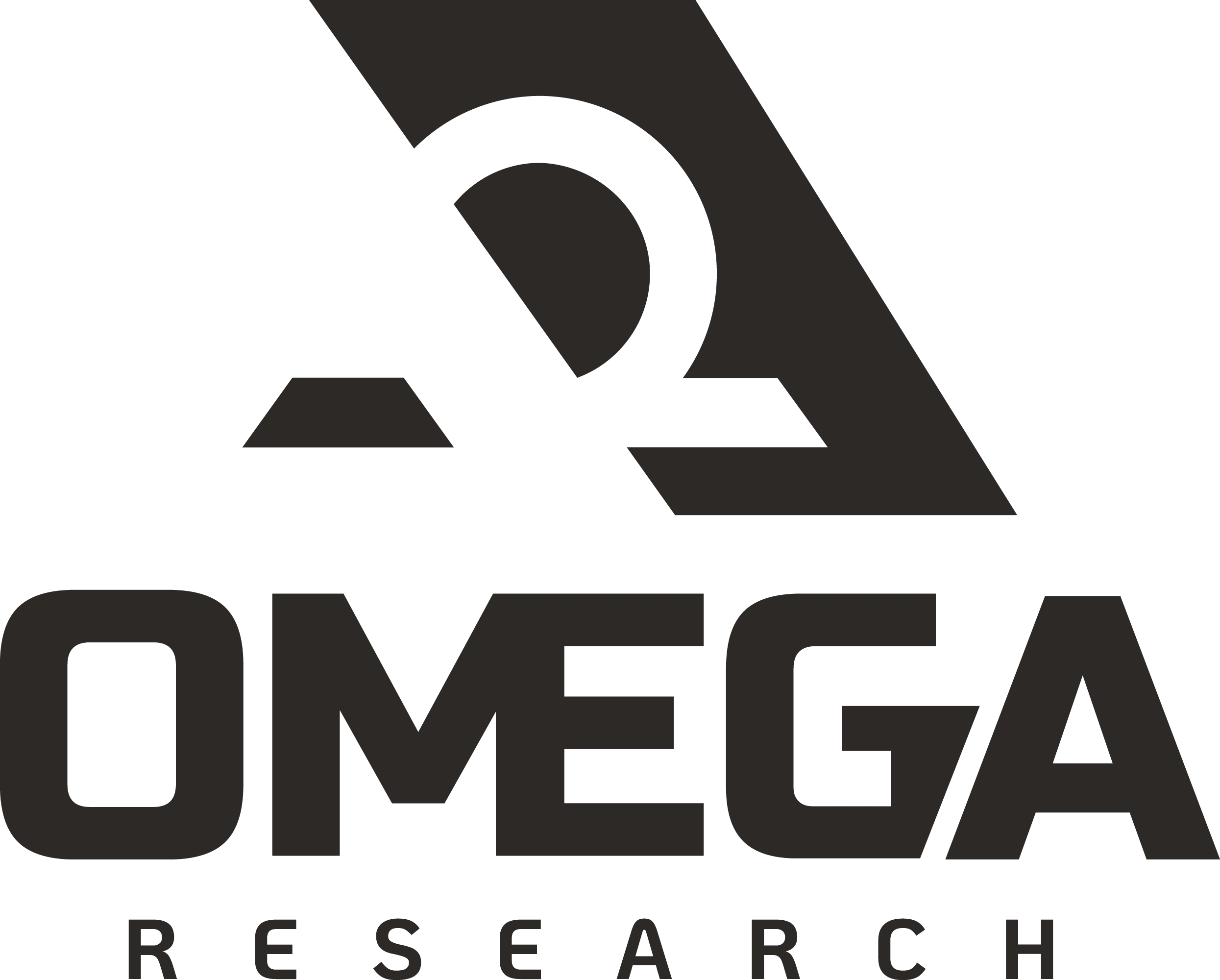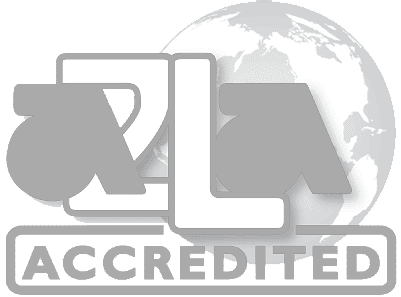Insights from MIL-DTL-5541F and MIL-DTL-81706B
For companies and military organizations processing aluminum and aluminum alloys using immersion methods, MIL-DTL-5541F and MIL-DTL-81706B are critical specifications governing chemical conversion coatings for corrosion protection, paint adhesion, and low electrical resistance in specific applications.
Since many customers rely on immersion (Method A per MIL-DTL-81706B), understanding the interchangeability provisions in MIL-DTL-5541F, Section 6.5 and MIL-DTL-81706B, Section 6.3 is essential to ensure compliance and optimize tank-based processes. This blog post explores these interchangeability requirements, focusing on their implications for immersion applications, and provides tailored guidance on common pitfalls and solutions specific to immersion tanks.
Understanding Interchangeability for Immersion Applications
MIL-DTL-5541F, Section 6.5: Interchangeability
Section 6.5 of MIL-DTL-5541F states:
“The various products approved in accordance with MIL-DTL-81706 and listed on QPL-81706 provide equivalent coatings within each type and class. These coatings are equivalent insofar as performance of the chemical conversion coating is concerned, to the provisions of this specification, but are not interchangeable from a chemical standpoint; that is, different materials cannot be mixed. The materials from one supplier cannot be mixed or used to strengthen an existing solution from another material supplier. As the chemical coating materials are proprietary products, the ingredients, processes, the method of application (e.g., spray, brush, or immersion), and the equipment required for application of the coating may vary. Contractors and military activities must take this into account in acquisition, in the design of parts, and in the establishment of facilities. Detail drawing of parts requiring treatment in accordance with this specification should specify class 1A or 3, where applicable the required type, I or II, and any paint finishing systems required to meet the performance desired. If the coating class is not specified, class 1A is recommended.”
MIL-DTL-81706B, Section 6.3: Interchangeability
Section 6.3 of MIL-DTL-81706B similarly notes:
“The various products approved under this specification are interchangeable within each class insofar as performance is concerned, but are not interchangeable from a chemical standpoint, that is, different products cannot be mixed. The product from one manufacturer should not be mixed or used to strengthen an existing solution from another supplier. As the chemical film materials are proprietary products, the ingredients, processes, the method of application (for example, spray, brush, and immersion), and the equipment required for application vary with the different products. Contractors and military activities should take this into account in procurement, in the design of parts, and in the establishment of facilities. Detail drawing of parts requiring treatment with materials conforming to this specification should specify the required class, 1A or 3, and optionally, the required type, I or II.”
Both sections emphasize that while products listed on the Qualified Products List (QPL-81706) deliver equivalent performance within their type (Type I: hexavalent chromium; Type II: trivalent chromium) and class (Class 1A: maximum corrosion protection; Class 3: low electrical resistance), their proprietary chemical compositions prohibit mixing. For immersion applications, this is particularly critical, as tank solutions are sensitive to contamination and require precise control to maintain performance.
Key Concepts for Immersion
Performance Equivalence: Within each type and class, immersion-applied coatings meet the same performance standards, such as corrosion resistance (168-hour salt spray test per ASTM-B117, MIL-DTL-5541F, 4.5.1) and paint adhesion (wet tape test per ASTM-D3359, MIL-DTL-5541F, 4.5.2). This allows flexibility in selecting QPL-listed products for immersion tanks.
Chemical Non-Interchangeability: Proprietary formulations mean that mixing products from different suppliers in an immersion tank can disrupt chemical balance, leading to defective coatings or non-compliance.
Immersion-Specific Considerations: Immersion (Method A) requires precise control of tank parameters—solution concentration, temperature, pH, and immersion time—which vary by product. Equipment like tanks, agitation systems, and heating elements must align with the manufacturer’s specifications (MIL-DTL-81706B, 6.3).
Implications for Immersion-Based Processes
For immersion applications, the interchangeability provisions impact:
Procurement: Select a single supplier’s product for each tank to avoid mixing issues. Specify type, class, and form (e.g., Form I bulk liquid for immersion, MIL-DTL-81706B, 3.10.1).
Part Design: Drawings must specify Class 1A or 3 and, if needed, Type I or II, ensuring compatibility with immersion processes and any paint systems (MIL-DTL-5541F, 6.5).
Tank Setup: Immersion tanks must be configured for the specific product, including proper volume (e.g., 10-gallon baths for qualification, MIL-DTL-81706B, 4.2.1), agitation, and temperature control.
Common Pitfalls and Solutions for Immersion Tanks
The following pitfalls are specific to immersion applications, along with tailored solutions to ensure compliance and quality:
1. Mixing Incompatible Products in Tanks
Pitfall: Adding a different supplier’s product to an existing immersion tank solution to replenish or strengthen it can alter the chemical balance, causing uneven coatings, pitting, or reduced corrosion resistance (MIL-DTL-81706B, 6.3).
Solution: Use only one supplier’s QPL-listed product per tank. Maintain strict inventory control and label tanks clearly to prevent cross-contamination. If replenishment is needed, use the same product and follow the manufacturer’s mixing instructions (MIL-DTL-81706B, 3.12).
2. Inconsistent Tank Parameters
Pitfall: Variations in solution concentration, pH, temperature, or immersion time can lead to non-uniform coatings or failure to meet performance standards (e.g., corrosion resistance, MIL-DTL-5541F, 4.5.1). For example, improper pH can cause pitting, especially on wrought alloys (MIL-DTL-5541F, 6.8).
Solution: Regularly monitor and adjust tank parameters per the manufacturer’s instructions. Conduct weekly solution analysis to verify chemical composition (MIL-DTL-5541F, 4.3.1). Use calibrated equipment to maintain consistent temperature and agitation.
3. Contamination of Immersion Tanks
Pitfall: Contaminants (e.g., dirt, oils, or residues from prior processes) in the tank can compromise coating quality, leading to defects like powdery coatings or adhesion failures (MIL-DTL-5541F, 3.7).
Solution: Implement thorough cleaning protocols before immersion, using non-etch cleaners to avoid pitting (MIL-DTL-5541F, 6.8). Filter tank solutions regularly and replace them as recommended by the supplier to prevent buildup of contaminants.
4. Improper Tank Maintenance
Pitfall: Neglecting tank maintenance, such as failing to remove sludge or maintain seals, can degrade solution quality and affect coating performance (MIL-DTL-81706B, 3.9).
Solution: Schedule regular tank cleaning and maintenance per the supplier’s guidelines. Use plastic-lined containers to prevent moisture intrusion and ensure storage stability (MIL-DTL-81706B, 3.10.1). Test stored materials after 12 months to confirm compliance (MIL-DTL-81706B, 4.5.7).
5. Inadequate Equipment for Immersion
Pitfall: Using tanks or agitation systems not suited for the product’s requirements (e.g., incorrect tank size or lack of temperature control) can result in uneven coatings or non-compliance (MIL-DTL-81706B, 6.3).
Solution: Invest in tanks designed for the specific product, such as those supporting 10-gallon baths for qualification testing (MIL-DTL-81706B, 4.2.1). Ensure agitation and heating systems meet the manufacturer’s specifications.
6. Regulatory and Safety Issues with Type I
Pitfall: Type I (hexavalent chromium) solutions in immersion tanks pose health and environmental risks due to toxicity, requiring strict handling and disposal protocols (MIL-DTL-81706B, 3.4, 3.11).
Solution: Provide Material Safety Data Sheets (MSDS) per FED-STD-313 and 29 CFR 1910.1200 (MIL-DTL-81706B, 6.5.2). Train personnel on safe handling and ensure tanks have proper ventilation and spill containment. Consider Type II (trivalent chromium) for immersion where feasible, with acquisition activity approval (MIL-DTL-81706B, 6.1).
Practical Tips for Immersion Compliance
To align with the interchangeability requirements for immersion applications:
Select a Single Supplier: Choose one QPL-81706-listed product per tank (e.g., Form I bulk liquid) and avoid mixing with other suppliers’ products (MIL-DTL-81706B, 6.3).
Specify Requirements Clearly: Ensure part drawings specify Class 1A or 3 and, if needed, Type I or II. Default to Class 1A if unspecified (MIL-DTL-5541F, 6.5).
Optimize Tank Setup: Use tanks with precise temperature and agitation controls tailored to the product’s requirements. Verify tank capacity (e.g., 10 gallons for qualification) and maintain seals to prevent leaks (MIL-DTL-81706B, 3.10.1).
Monitor Solution Quality: Conduct weekly chemical analysis of tank solutions and monthly performance tests (e.g., corrosion resistance with five 3×10-inch panels, MIL-DTL-5541F, 4.5.1) to ensure consistency.
Train Personnel: Educate staff on proprietary formulations and the importance of following manufacturer-specific instructions for immersion, including safety protocols for Type I materials (MIL-DTL-81706B, 3.11).
Validate Processes: Perform qualification testing with four 10-gallon baths for immersion (MIL-DTL-81706B, 4.2.1) to confirm compliance before production.
Conclusion
The interchangeability provisions in MIL-DTL-5541, Section 6.5 and MIL-DTL-81706, Section 6.3 are critical for immersion-based chemical conversion coating processes. While products within the same type and class offer equivalent performance, their proprietary nature demands strict adherence to single-supplier solutions to avoid mixing issues.
By addressing immersion-specific pitfalls—such as tank contamination, inconsistent parameters, and improper maintenance—companies can ensure compliant, high-quality coatings for aluminum components. Tailoring tank setups, following manufacturer instructions, and conducting regular testing are key to success in demanding applications like aerospace.
For further guidance, consult the ASSIST database (https://assist.dla.mil) or contact the Naval Air Warfare Center Aircraft Division for qualification support. By mastering interchangeability for immersion, you can optimize tank operations, ensure compliance, and deliver reliable coatings for your customers.


